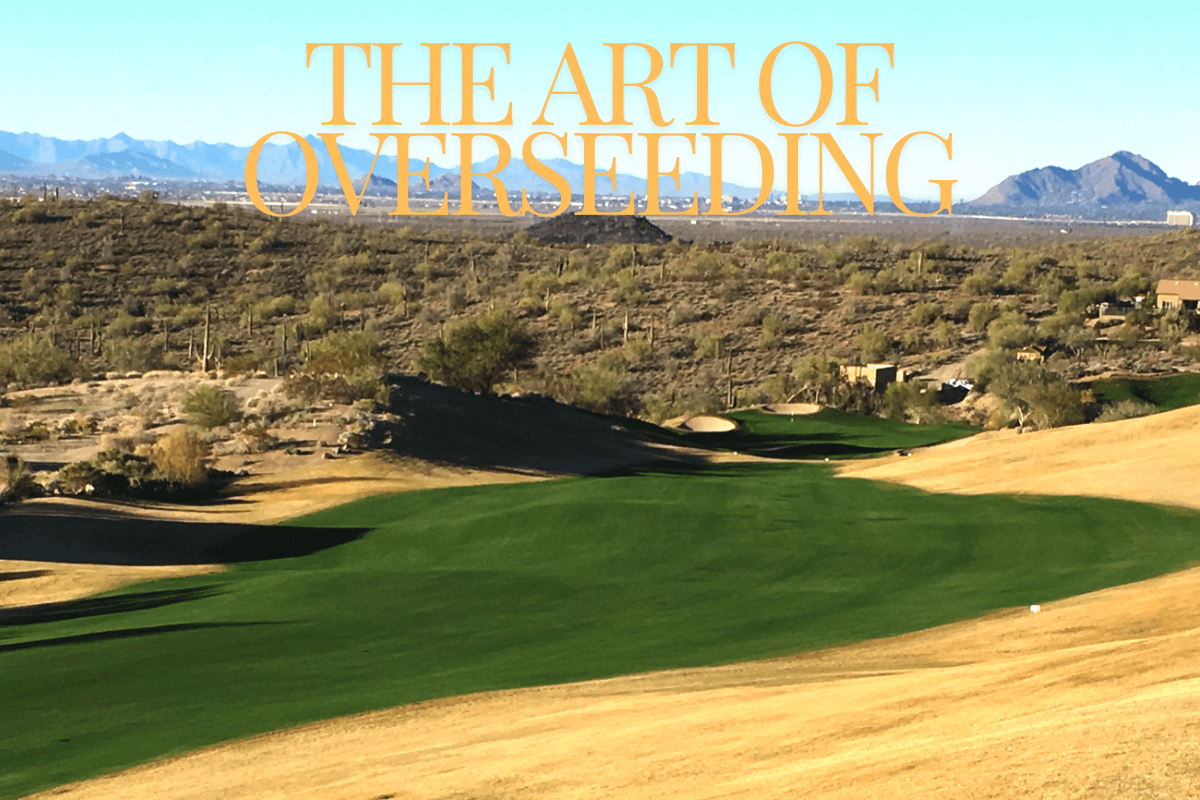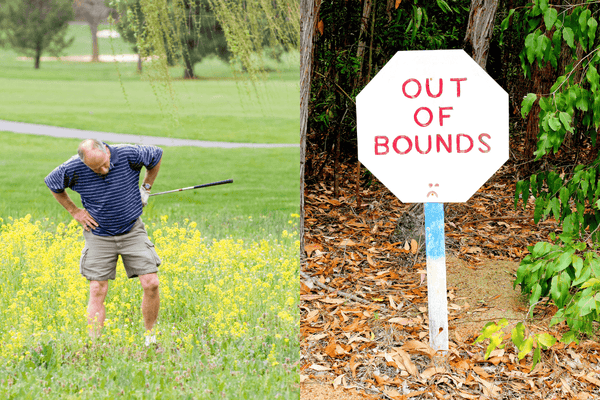As the sun-drenched fairways of Arizona's golf courses begin to transition from the lush green of summer to the golden hues of autumn, golfers eagerly await the arrival of the winter season. For those who call this desert oasis home, the ability to tee off year-round is a cherished privilege, and the process of overseeding plays a crucial role in ensuring the seamless continuation of their beloved sport.
Golfista Apparel Co., a brand founded in 2023 and based right here in Arizona, understands the importance of this annual ritual. As a company dedicated to outfitting golfers with stylish and high-quality apparel, we've witnessed firsthand the dedication and expertise that go into maintaining the pristine playing conditions that make Arizona a premier golfing destination, especially during the cooler months.
What is Overseeding?
Overseeding is a fundamental practice in golf course maintenance, particularly in regions with distinct seasonal changes. It involves the process of introducing a new grass species, typically a cool-season variety, into an existing warm-season turf. This strategic maneuver ensures that the playing surfaces remain lush, green, and playable throughout the winter, when the warm-season grasses naturally go dormant.
The purpose of overseeding is twofold: to provide a seamless transition between the warm-season and cool-season grasses, and to create a consistent, high-quality playing experience for golfers. By carefully selecting the right grass species and implementing the overseeding process at the optimal time, golf course superintendents can maintain the pristine conditions that make Arizona's courses so sought-after.
Timing of Overseeding in Arizona
In Arizona, the overseeding process typically takes place in the fall, with the ideal timing often falling between mid-September and mid-October. This window allows the new cool-season grass to establish itself and thrive before the cooler winter temperatures arrive.
The exact timing, however, can vary depending on a variety of factors, including the local climate, the specific grass species being used, and the overall condition of the existing turf. Golf course superintendents closely monitor these variables and make adjustments to the overseeding schedule as needed, ensuring that the transition is as seamless as possible.
The Overseeding Process
Preparing the existing turf is the first crucial step in the overseeding process. This involves mowing the grass to a shorter height, aerating the soil to improve water and nutrient absorption, and removing any thatch or debris that could impede the growth of the new grass.
Next, the selection of the appropriate grass seed is crucial. In Arizona, common cool-season grasses used for overseeding include perennial ryegrass, annual ryegrass, and various fescue varieties. These grasses are chosen for their ability to thrive in the region's climate, as well as their compatibility with the existing warm-season turf.
The actual seeding process can be done using a variety of techniques, such as broadcast spreaders, slit seeders, or even specialized overseeding equipment. The goal is to ensure an even distribution of the seed across the entire playing surface, maximizing the chances of successful germination and establishment.
Once the seed has been applied, the golf course maintenance team shifts its focus to nurturing the new growth. This involves regular watering, mowing, and fertilization to support the young grass as it takes root and begins to fill in the playing surfaces.
Challenges of Overseeding in Arizona
Overseeding in the desert climate of Arizona presents its own unique set of challenges. The region's hot, dry summers and mild winters can make it difficult to establish and maintain the cool-season grasses, as they are more accustomed to cooler, wetter environments.
Water usage is a significant concern, as golf courses must carefully manage their irrigation systems to ensure the new grass receives the necessary moisture without depleting scarce water resources. Additionally, the balance between maintaining playability and allowing the new grass to establish itself can be a delicate dance, requiring the expertise of seasoned golf course superintendents.
Benefits of Overseeding
Despite the challenges, the benefits of overseeding are undeniable. The introduction of the cool-season grasses results in improved playing conditions, with a lush, green playing surface that is soft and forgiving underfoot. This not only enhances the overall golfing experience but also contributes to the aesthetic appeal of the course, making it a true delight for both players and spectators alike.
Moreover, overseeding extends the golfing season in Arizona, allowing golfers to enjoy the sport well into the winter months. This is a significant advantage, as it provides a consistent and reliable source of revenue for golf course operators and supports the local economy that thrives on the influx of winter visitors.
Impact on Golfers
The overseeding process does have a temporary impact on golfers, as golf courses need to close for a short period of time to allow the new grass to establish itself. During this transition, players may notice changes in the playing conditions, such as softer fairways and slower greens.
However, these inconveniences are a small price to pay for the long-term benefits of overseeding. Golfers quickly adapt to the new playing surfaces and often find that the winter conditions offer a unique and enjoyable challenge, requiring them to adjust their strategies and shot-making skills.
Conclusion
As the leaves begin to turn and the temperatures start to cool, the golf courses of Arizona are gearing up for the annual ritual of overseeding. This meticulous process, undertaken by dedicated golf course superintendents and their teams, ensures that the state's golfing enthusiasts can continue to enjoy their beloved sport throughout the winter months.
At Golfista Apparel Co., we take pride in being a part of this vibrant golfing community. We understand the passion and dedication that goes into maintaining the pristine playing conditions that make Arizona a premier golfing destination. As we look forward to the winter season, we can't wait to see the transformation of these courses and the joy they will bring to golfers from near and far.












